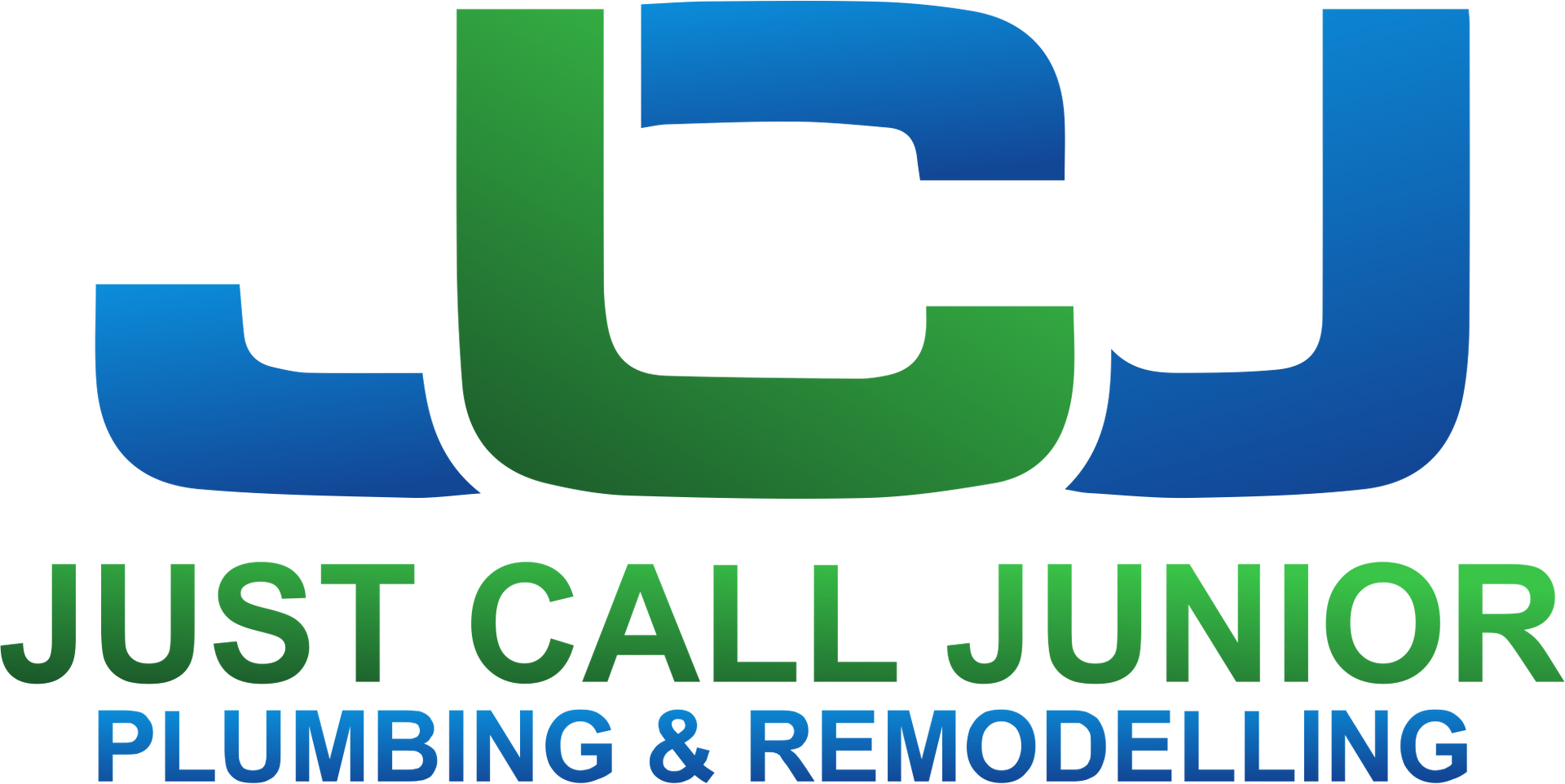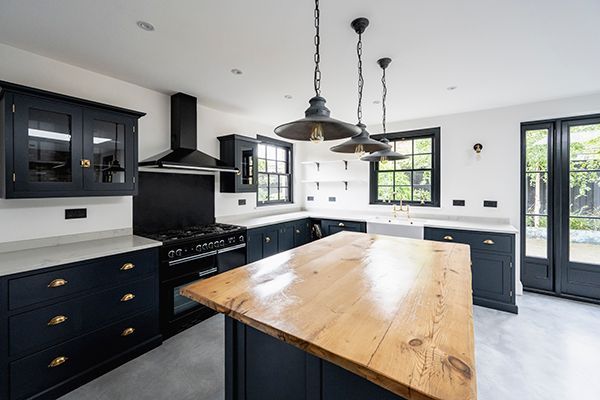Meet Victor Ivan Coll, a seasoned expert in the art of in-bound content marketing. With a proven track record in crafting winning content strategies, Victor excels in attracting and engaging audiences organically. His proficiency extends to optimizing content for maximum impact, resulting in increased brand visibility and audience retention. Victor's dedication to the art of in-bound content marketing has helped businesses achieve remarkable growth. Join him as he shares invaluable insights and strategies to empower your content marketing efforts and drive meaningful connections with your target audience.
Your
Neighborhood Guide
to Mastering
Home Remodeling
Planning Your Next Home Remodel
By Victor Ivan Coll | October 4th, 2023
Embarking on a home remodel is akin to setting off on an epic adventure. It's filled with excitement, anticipation, and yes, a fair share of challenges. But with the right map in hand, this journey can lead to a dream home that reflects your unique style and meets your family's evolving needs. This guide is that map. Crafted with a blend of professional insights, a dash of humor, and a sprinkle of neighborhood wisdom, we aim to navigate you through the intricate maze of home remodeling. From the initial planning phase to the triumphant conclusion, we've got the tools, tips, and tricks to ensure your remodeling journey is not just successful but also enjoyable. So, whether you're dreaming of a gourmet
kitchen, a spa-like
bathroom, or a fun-filled
basement, let's set the foundation for a remodel that's nothing short of spectacular!
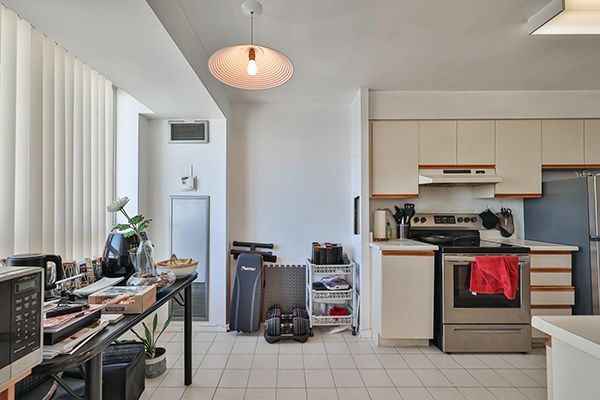
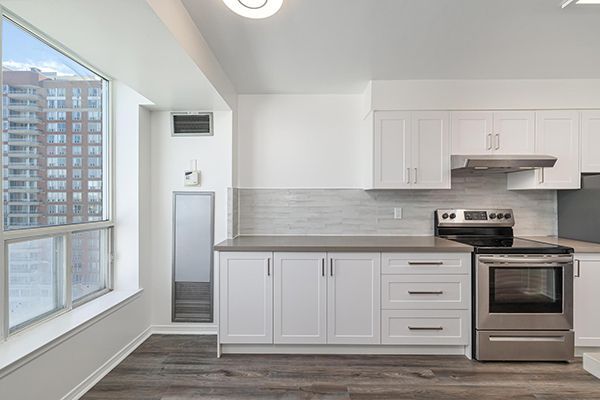
The Planning Phase
1.1 Importance of Planning Your Home Remodel
Every successful house remodel, especially when it comes to kitchen remodel planning, starts with a solid plan. Think of this planning as the blueprint for your home renovation project. Without it, even the most enthusiastic home renovations can quickly go astray, leading to unexpected costs, delays, and potential conflicts with contractors. A well-thought-out renovation plan, particularly for kitchen spaces, ensures that every aspect of the renovation aligns with your vision.
Here are some key components to include in your planning:
- Vision Board: Before diving into specifics, create a vision board. This can be a physical board with magazine clippings or a digital one using platforms like Pinterest. It helps you visualize the end result and can be a source of inspiration throughout the renovation process.
- Detailed Budget: Outline all expected costs, from labor to materials. Factor in a contingency fund for unexpected expenses. This will help you avoid overspending and make informed decisions about where to allocate funds.
- Floor Plan Adjustments: If you're considering making structural changes, sketch out the new floor plan. This will give both you and your contractor a clear idea of the desired outcome.
- Material Selection: List out all the construction materials you'll need. This includes everything from paint colors to the type of flooring and fixtures. It's also a good time to consider eco-friendly or sustainable options.
- Timeline: Establish a realistic timeline for the project. This should include milestones like when demolition will start, when new construction will begin, and target completion dates for each phase.
- Contractor Research: Before hiring, research potential contractors. Look at their past projects, read reviews, and check their credentials.
- Permit Considerations: Depending on the scope of your remodel, you might need permits. Research local regulations and factor in the time it might take to secure these permits.
- Living Arrangements: If the remodel will disrupt your daily life, consider where you'll stay during the most intensive parts of the renovation. This could mean setting up a temporary kitchen, staying with family, or even renting a short-term place.
- Post-Renovation Care: Think about the maintenance of your newly renovated space. What will be required to keep it looking fresh and new? This might influence some of your material choices.
By meticulously planning each step of your home remodel, you set the stage for a smoother renovation process. It's the difference between a dream home remodel and a renovation nightmare. Remember, the time you invest in planning now will save you time, money, and stress in the long run.
1.2 Setting Goals and Objectives
Before diving into the remodeling project, it's essential to define what you want to achieve. Setting clear goals will not only guide your decisions throughout the renovation planning process but also ensure that the end result aligns with your vision. Here are some common goals and objectives homeowners might consider:
- Increasing Resale Value: Many homeowners remodel with an eye on the future, hoping to boost the market value of their property. This might involve updating outdated rooms, expanding living spaces, or adding sought-after features like a home office or a modern kitchen.
- Improving Functionality: Perhaps your family has grown, and you need an extra bedroom. Or maybe you've taken up a hobby that requires its own space. Remodeling can adapt your home to better suit your current needs and lifestyle.
- Enhancing Aesthetics: Tired of that 70s wallpaper or the drab bathroom tiles? A remodel can refresh and modernize your home's look, turning it into a space you'll love spending time in.
- Increasing Energy Efficiency: With rising energy costs and growing environmental concerns, many homeowners are looking to make their homes more eco-friendly. This could involve installing energy-efficient appliances, improving insulation, or adding solar panels.
- Addressing Wear and Tear: Over time, parts of your home may show signs of wear, from the faded paint to the creaky floorboards. A remodel can address these issues, ensuring your home remains safe and comfortable.
By identifying your primary objectives, you can prioritize tasks, allocate your budget more effectively, and communicate more clearly with professionals you hire. Remember, while many homeowners embark on home renovations, those who start with a clear vision often find the journey smoother and the results more satisfying.
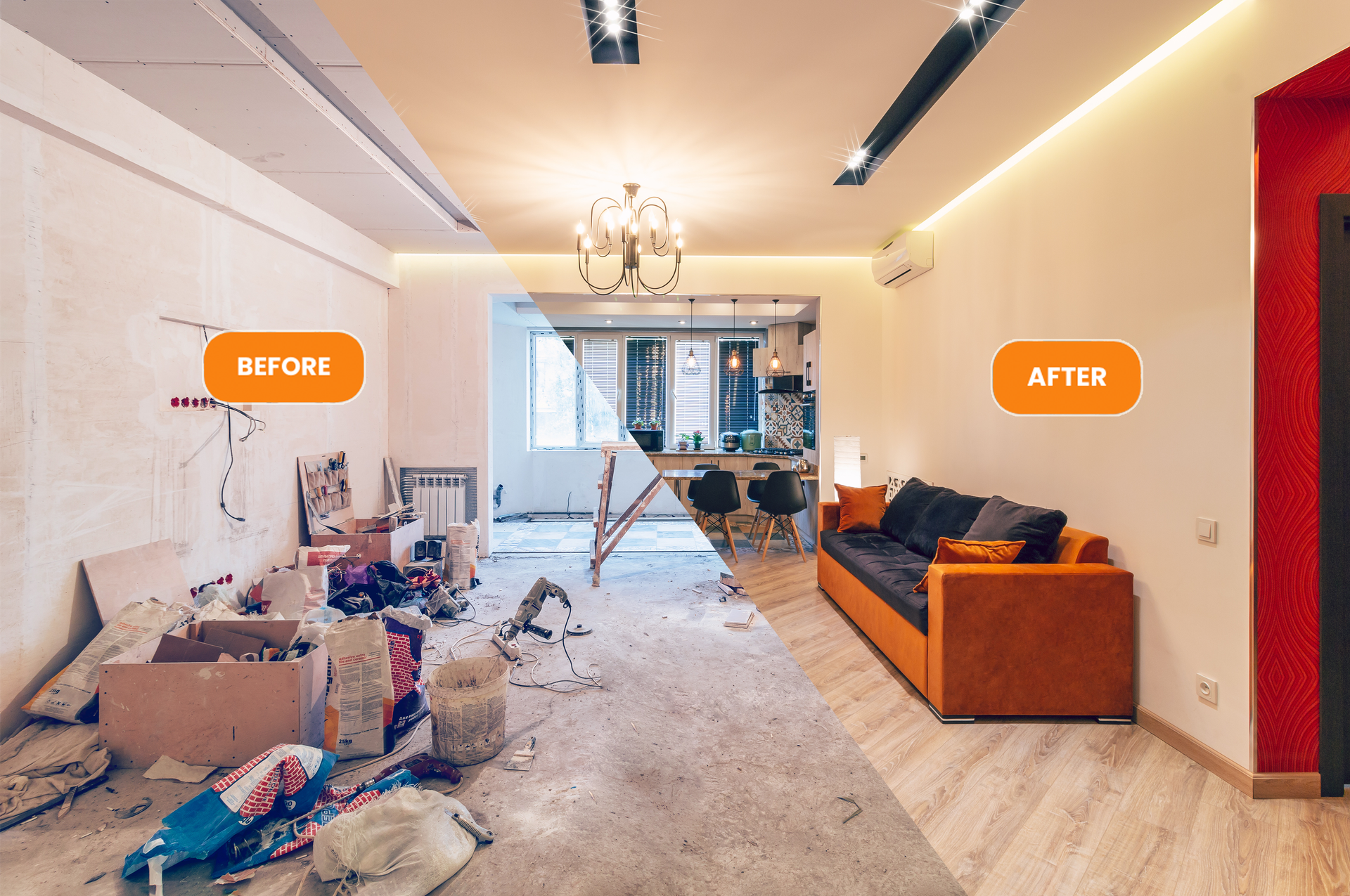
1.3 Creating a Timeline
Every construction project has its unique rhythm and flow. Establishing a realistic timeline is akin to charting a course for a voyage; it helps you anticipate and prepare for the key milestones ahead. Here's a breakdown of what a well-thought-out timeline might encompass:
- Initial Research and Inspiration: Before any hammer hits a nail, spend time gathering ideas, visiting home shows, or browsing design websites. This phase can last a few weeks to several months, depending on your readiness.
- Consultation and Design: Once you have a clear vision, consult with professionals to refine your ideas. This phase often involves multiple revisions and can take anywhere from a month to three months.
- Securing Permits: Depending on your locality, getting the necessary permits can be instantaneous or take several weeks. Always account for potential delays.
- Demolition and Site Prep: This is where the real action begins. Depending on the scale of your project, this can take a week to a month.
- Construction: The bulk of your timeline will be here. A simple remodel might take two to three months, while more extensive projects can extend to over six months.
- Final Touches and Inspection: Once construction is done, there's still work to be done in terms of painting, installing fixtures, and final inspections. Allocate a few weeks for this.
Remember, while it's essential to have a timeline, flexibility is key. Unforeseen challenges can arise, and it's crucial to factor in some wiggle room.
1.4 Importance of Permits
Building permits might seem like a bureaucratic formality, but they're the unsung heroes of any remodeling project. Here's why they're indispensable:
- Safety First: Permits ensure that your renovations adhere to safety standards. This means your electrical, plumbing, and structural work is up to code, protecting you and future occupants.
- Protecting Your Investment: Unpermitted work can be a deal-breaker for potential buyers. Securing the right permits adds to the resale value of your home and ensures a smoother sales process.
- Avoiding Legal Hassles: Operating without the necessary permits can lead to hefty fines. In some cases, you might even be required to undo the work, leading to additional costs.
- Access to Expertise: The permit process often involves inspections by professionals who can spot potential issues before they become major problems.
In essence, while the permit process might seem tedious, it's a protective measure that ensures your remodel is safe, valuable, and hassle-free.
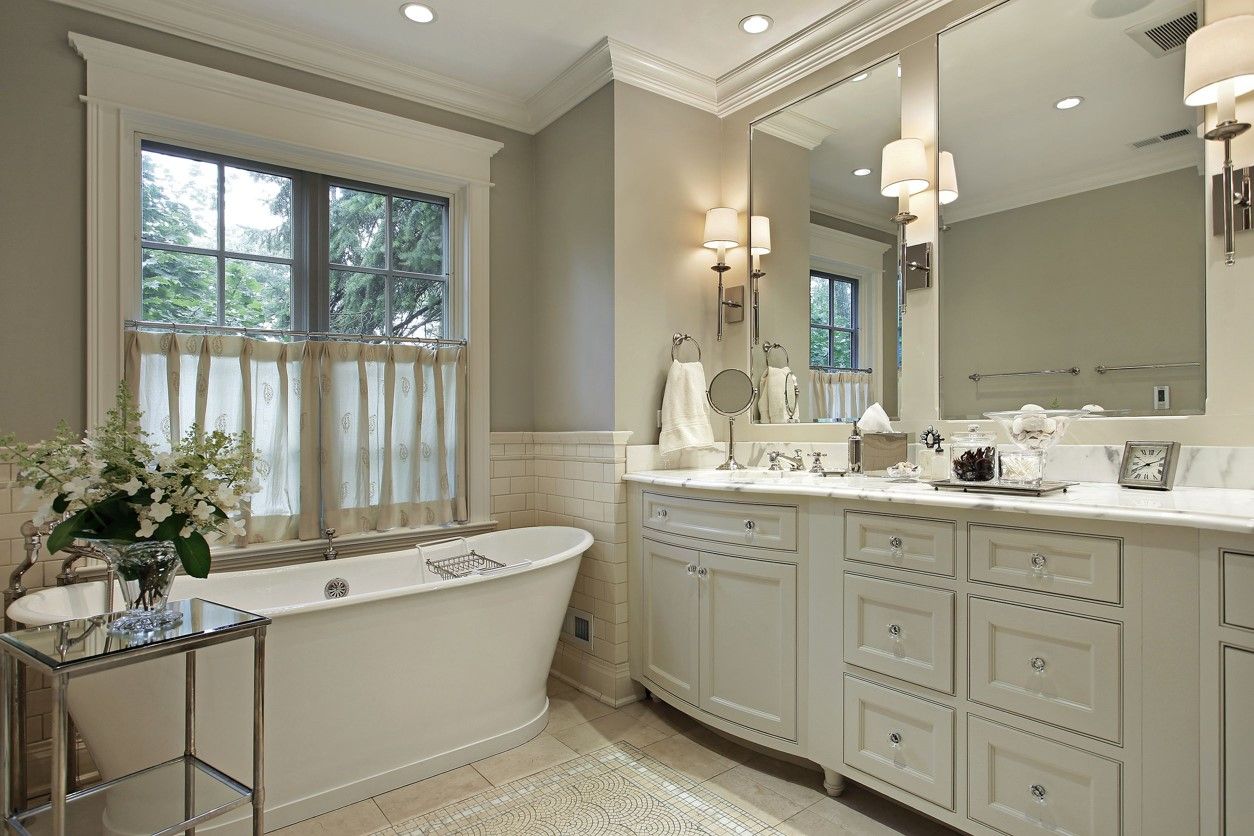
Budgeting Your Remodel
2.1 How to Set a Budget
Setting a budget for your home remodel is akin to charting a course for a ship. Without it, you're sailing blind, and that's a recipe for disaster. Start by determining the scope of your renovation project. Are you looking at a whole house renovation, a kitchen remodel, or perhaps a bathroom overhaul? Once you have a clear picture, research local costs for similar projects. This will give you a ballpark figure to work with. Remember to factor in costs for labor, materials, and any permits or fees. It's always a good idea to consult with a reputable contractor or home renovation expert to get a realistic budget estimate. Also, consider the long-term value and ROI of the renovations you're planning.
2.2 Importance of a Contingency Fund
In the world of home remodeling, surprises are often par for the course. Whether it's an unexpected issue with plumbing, electrical work, or discovering that the construction materials you wanted are out of stock, having a contingency fund is crucial. This extra space in your budget gives you the wiggle room to handle unforeseen expenses without derailing your entire project plan. As a general rule, setting aside 10-20% of your total budget for unexpected costs is a wise move. This ensures that your home improvement journey remains on track even when faced with unexpected challenges.
2.3 Tips to Save Money
Who doesn't love to save money, especially when it comes to big projects like planning a home renovation? Here are some tips to keep your costs down:
- Shop Local: Local stores often offer competitive prices and can give insights into the latest design trends in the neighborhood. Plus, supporting local businesses can have a positive impact on your community.
- Reuse and Recycle: Before you start renovating, assess what you can reuse. Maybe those old cabinets just need a fresh coat of paint? Or perhaps those vintage tiles can be repurposed for a unique touch?
- Hire Right: A general contractor with a good reputation might charge more upfront, but their work quality can save you money in the long run by avoiding costly mistakes and rework. It's essential to check reviews, ask for portfolio examples, and get recommendations to ensure you're hiring the best fit for your project.
Choose the Right Professionals
3.1 How to Choose a Contractor
When it comes to your home renovation project, choosing the right general contractor is paramount. Start by asking friends and family members for recommendations. Personal referrals often lead to reliable contractors who have proven their worth in the neighborhood.
Online Directories and Review Platforms: In addition to personal referrals, consider checking online directories and review platforms for reputable home remodeling companies:
- HomeStars: A Canadian platform where homeowners can find and review local contractors and home professionals.
- RenoMark: An initiative by the Canadian Home Builders' Association that helps homeowners find professional renovators, trade contractors, and custom home builders.
- Better Business Bureau (BBB): Provides business profiles, customer reviews, and complaint information on a wide range of businesses, including contractors.
- Google Reviews: A widely-used platform where customers can leave reviews for any business, including contractors. It's a good idea to check a contractor's Google Reviews for recent feedback.
- Houzz: A platform dedicated to home renovation and design, where homeowners can find professionals, see their previous projects, and read client reviews.
Once you have a list, do your due diligence:
- Licensing: Ensure they have the appropriate contracting licenses. In Canada, licensing requirements can vary by province, so it's essential to check with local authorities.
- Reviews: Read reviews from previous clients. Look for feedback on work quality, timeliness, and communication.
- Portfolio: Visit some of their completed projects if possible or check their website for before-and-after photos.
Remember, the success of your house remodel largely hinges on the expertise of the contractor you hire. It's worth investing time in selecting someone who aligns with your vision and has a track record of delivering quality work.
3.2 Importance of Licenses and Reviews
Licenses are not just pieces of paper; they're a testament to a contractor's competence, professionalism, and legitimacy. In Canada, different provinces have specific licensing requirements for contractors.
For instance:
- British Columbia: Contractors need a license from the British Columbia Consumer Protection Authority.
- Ontario: The Technical Standards and Safety Authority (TSSA) oversees contractor licensing.
- Quebec: The Régie du bâtiment du Québec (RBQ) issues licenses to contractors.
A licensed contractor has met the state's requirements for experience and knowledge. Furthermore, they're more likely to understand local building codes, ensuring your renovation adheres to regulations and enhances the structural integrity of your home.
Reviews, on the other hand, offer a glimpse into past clients' experiences. While a few negative reviews shouldn't be a deal-breaker, a pattern of complaints or issues related to workmanship quality is a red flag. Always look for contractors who have consistently positive feedback and address any concerns raised by clients.
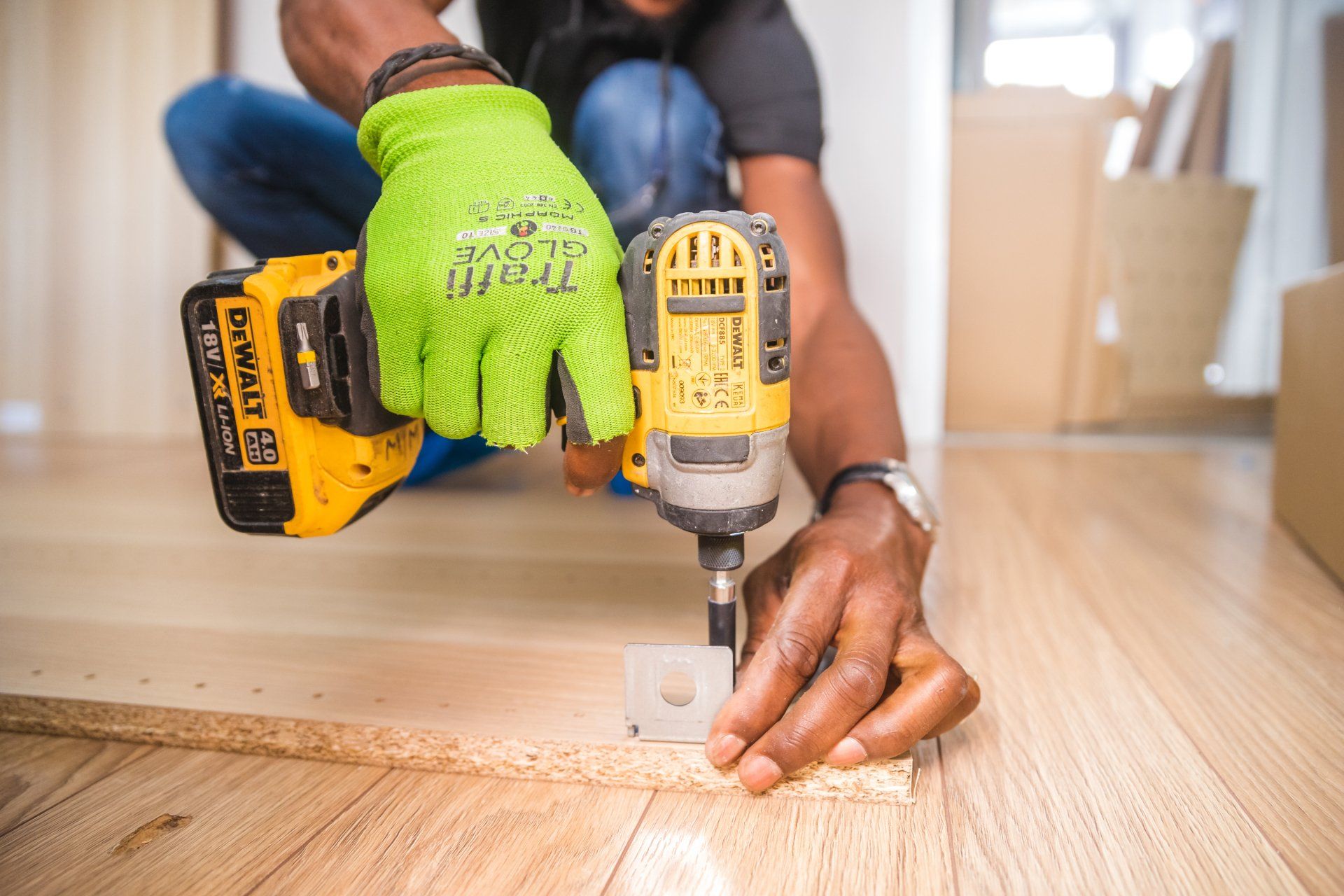
3.3 Questions to Ask Before Hiring
Before you finalize your decision, arm yourself with the right questions.
Here are some essential ones to consider:
- Experience: How long have they been in the business? An established contractor with years of home renovation expertise is likely to deliver a successful project.
- Previous Work: Can they provide references or showcase previous home remodeling projects? Perhaps they have a portfolio or a website detailing their work.
- Timeline: How long do they anticipate the remodeling project will take? It's essential to have a realistic timeline, especially if you're planning to stay in the house during the renovation.
- Cost Estimates: What is the detailed breakdown of costs? This will help you understand where your money is going, from labor expenses to material costs, and if it aligns with your budget.
- Permit Handling: Will they handle obtaining the necessary building permits? This can be a tedious process, and having a contractor take care of it can be a significant relief, ensuring all construction standards are met.
Design and Aesthetics
4.1 Latest Design Trends
Here are some of the most popular design trends for 2023:
- Farmhouse: This style combines rustic charm with modern touches. Think reclaimed wood, vintage furniture, and a neutral color palette.
- Industrial: Exposed brick, metal accents, and open floor plans characterize this urban-inspired design.
- Rustic: Emphasizing natural beauty, rustic designs incorporate raw, unfinished elements like wood and stone.
- Contemporary: This style is all about clean lines, neutral colors, and minimalistic decor.
- Mid-century Modern: Inspired by the 1950s and 60s, this design features organic shapes, tapered legs, and an eclectic mix of materials.
- Coastal: Light, airy, and inspired by the beach, coastal designs often include shades of blue, white, and beige.
- Mediterranean: Think warm colors, wrought iron details, and terra cotta tiles.
- French Country:
This style exudes warmth and comfort with its soft hues, ornate woodwork, and vintage-inspired decor.
4.2 Choosing a Design That Matches Your Home's Age
Every home tells a story, and its architectural style is a testament to its history. While it's exciting to incorporate the latest design trends, it's essential to ensure they harmonize with your home's age and architectural essence. For instance:
- A Victorian-era home, with its intricate woodwork and ornate details, might clash with stark, ultra-modern designs. However, it could beautifully complement mid-century modern or French country styles.
- A Craftsman bungalow might resonate well with rustic or farmhouse designs, emphasizing its handcrafted details and natural materials.
- Art Deco homes, known for their bold geometric patterns, could be accentuated with contemporary designs, highlighting their flair for drama.
The key is to blend contemporary elements seamlessly with the home's classic features. This approach not only respects the home's architectural integrity but also creates a cohesive design narrative. By striking the right balance, homeowners can celebrate their home's heritage while infusing it with modern aesthetics, ensuring the renovated space feels both timeless and trendy.
4.3 Importance of Sustainable Materials
Sustainability is more than just a buzzword; it's a responsibility. As many homeowners in our neighborhood are becoming environmentally conscious, the demand for eco-friendly construction materials is on the rise. These materials not only reduce your carbon footprint but also add a unique touch to your home remodel.
Here are some popular sustainable materials that homeowners are incorporating into their renovations:
- Bamboo Flooring: A fast-growing grass, bamboo regenerates quickly, making it a sustainable alternative to hardwood. It's durable, moisture-resistant, and can give your floors a sleek, contemporary look.
- Recycled Glass Countertops: Made from post-consumer recycled glass, these countertops are not only eco-friendly but also visually stunning. They come in a variety of colors and patterns, adding a touch of elegance to kitchens and bathrooms.
- Cork Insulation: Cork is a renewable resource harvested from the bark of cork oak trees. It's a natural insulator, making it perfect for walls and floors, and offers soundproofing benefits.
- Reclaimed Wood: Instead of opting for new timber, consider reclaimed or salvaged wood. It adds character and history to spaces and is perfect for flooring, beams, and accent walls.
- Low-VOC Paints: Traditional paints release volatile organic compounds (VOCs) into the air, which can be harmful. Low-VOC paints reduce these emissions, improving indoor air quality.
- Solar Panels: While not a construction material per se, integrating solar panels into your home design can significantly reduce energy consumption and reliance on non-renewable energy sources.
- Natural Fiber Carpets: Carpets made from wool, jute, or sisal are biodegradable and free from synthetic materials, making them an eco-friendly choice for flooring.
Local stores are now stocking up on these and other sustainable materials, making them easily accessible for your next remodeling project. Opting for these materials not only supports the environment but can also lead to energy savings in the long run. By making your home more energy-efficient, you can enjoy reduced utility bills and a smaller carbon footprint.
Home Remodeling Process
5.1 Step-by-Step Guide to the Remodeling Process
Embarking on a house remodel is an exciting journey, but it's essential to have a clear roadmap. Here's a concise guide to ensure this exciting stage of your remodeling project runs smoothly:
- Initial Consultation: Begin with a meeting with your general contractor. Discuss your goals, desired start date, and expected timeline.
- Site Assessment: The contractor will inspect the existing structure, identifying any potential challenges.
- Design Phase: Based on your goals, a design will be drafted. This is where your dream home starts taking shape on paper.
- Permit Acquisition: Before any work begins, ensure all necessary building permits are secured.
- Demolition: Out with the old! This stage involves removing any unwanted structures or elements.
- Structural Work: If your remodel involves changes to the house's core structure, this is when it happens.
- Installation: From electrical work to plumbing, all essential systems are installed.
- Finishing Touches: Painting, flooring, and other aesthetic touches are added.
- Final Inspection: Once everything is in place, a thorough inspection ensures all is up to code.
- Cleanup: Waste removal is crucial. The construction site is cleaned, leaving you with a beautifully remodeled space.
5.2 Common Mistakes to Avoid
Every renovation project has its challenges. However, being aware of common pitfalls can save you time, money, and stress. Here are some to watch out for:
- Underestimating Costs: Always have a contingency fund. Unexpected costs are a given in any remodeling project.
- Skipping the Planning Phase: A well-laid plan is the foundation of a successful remodel. Don't rush this step.
- Hiring the Wrong Contractor: Always check for a contracting license, reviews, and references before hiring.
- Overlooking Local Building Codes: Ensure your project adheres to local regulations to avoid future complications.
5.3 Handling Unexpected Issues
Even with meticulous planning, unexpected issues can arise during the renovation process. It could be that the electrical work is more intricate than initially thought, or perhaps hidden water damage or structural issues come to light. When faced with such challenges, it's essential to remain calm, reassess the situation, and consult with your general contractor. They'll provide guidance on the best course of action, ensuring your house remodel remains on track. It's also beneficial to keep open communication with all involved parties, from subcontractors to suppliers, to ensure everyone is aligned and informed.
Post-Remodel Care
6.1 Evaluating the Completed Project
Once the dust has settled and your house remodel is complete, it's time for reflection. Evaluating the completed project goes beyond admiring the new space. It's about assessing whether the renovation meets your initial goals, adds value to your property, and enhances your living experience. Walk through each room, noting the quality of work, the functionality of the space, and how it aligns with your vision. Remember, this is your dream home, and every detail, from the floor tiles to the ceiling fixtures, matters.
6.2 Maintenance Tips
A successful home renovation project doesn't end once the construction is over. Maintaining your newly remodeled space ensures it remains in top condition for years to come. Here are some tips:
- Regular Inspections: Periodically check all areas, especially those that underwent significant changes. Look out for any signs of wear and tear or potential issues.
- Cleaning: Use appropriate cleaning agents for different surfaces. For instance, natural stone countertops require different care than laminate ones, and wooden floors might need periodic polishing.
- Address Issues Promptly: If you notice a leaky faucet, a squeaky floorboard, or any other minor issues, address them immediately. Small problems can escalate if left unattended.
- Seek Professional Advice: For more complex maintenance tasks, like checking electrical systems or plumbing, always consult a professional to ensure safety and longevity.
Key Areas to Focus On
7.1 Kitchen Remodeling: Trends, Functionality, and ROI
The kitchen is often regarded as the heart of the home. It's where meals are prepared, families gather, and memories are made. When considering and planning a kitchen remodel, it's essential to focus on the latest trends, functionality, and potential return on investment (ROI).
- Trends: Open-concept kitchens with large islands are all the rage. Incorporating natural materials like wood and stone, along with sleek modern appliances, can give your kitchen a contemporary yet timeless appeal.
- Functionality: Think about your kitchen's workflow. Do you need more counter space? Would a double oven or a larger fridge make your life easier? Design your kitchen to suit your cooking habits and lifestyle.
- ROI: A well-designed kitchen can significantly boost the value of your home. According to real estate experts, kitchen remodels can offer an ROI of 60-80%, making it a wise investment.
7.2 Bathroom Remodeling: Modern Designs, Space Utilization, and Fixtures
Bathrooms have evolved from being purely functional spaces to personal sanctuaries. A well-designed bathroom can offer relaxation and rejuvenation after a long day.
- Modern Designs: Think frameless glass showers, freestanding tubs, and wall-mounted vanities. Incorporating these elements can give your bathroom a spa-like feel.
- Space Utilization: Not all bathrooms are spacious. Using smart storage solutions, like recessed medicine cabinets and built-in shelves, can help you maximize space.
- Fixtures: From rainfall showerheads to touchless faucets, modern fixtures can elevate the look and
7.3 Basement Remodeling: Transforming Unused Space, Potential Uses, and Moisture Control
Basements offer a wealth of potential and can significantly increase the usable square footage of your home.
- Transforming Unused Space: Many homeowners overlook their basements. However, with the right design, this space can be transformed into a home theater, gym, office, or even a rental unit.
- Potential Uses: Consider your family's needs. Whether it's an additional bedroom, a play area for the kids, or a wine cellar, the possibilities are endless.
- Moisture Control: Basements are prone to moisture issues. Ensure proper insulation, invest in a good dehumidifier, and consider waterproof flooring options.
A home remodel is a significant undertaking, but with the right planning, expert guidance, and a clear vision, it can be a rewarding experience. Whether you're updating a single room or embarking on a whole-house renovation, focusing on key areas can ensure your remodel not only enhances the beauty and functionality of your home but also adds value. As you celebrate your newly transformed space, take a moment to reflect on the journey and the joy of turning your dream home into a reality.
Celebrating Your New Space
Conclusion:
Embarking on a home remodeling journey is an exhilarating experience, filled with a blend of anticipation, creativity, and challenges. As we've navigated through this comprehensive guide, it's evident that meticulous planning, understanding the latest design trends, and making informed decisions are the cornerstones of a successful home renovation. From the significance of a well-thought-out blueprint to the importance of sustainable materials, every aspect plays a pivotal role in transforming your living space into a dream abode. Moreover, aligning your design choices with the architectural essence of your home ensures a harmonious blend of the old with the new, creating a space that's both timeless and trendy. As homeowners increasingly lean towards eco-friendly choices, the emphasis on sustainability not only benefits the environment but also adds a unique charm to the renovated space. In essence, a home remodel is more than just a physical transformation; it's about crafting a space that resonates with your vision, values, and lifestyle. So, as you set forth on this exciting adventure, remember to cherish the journey, learn from the challenges, and celebrate the transformation. After all, a well-executed home remodel is not just about enhancing aesthetics; it's about creating a haven that reflects
your personality and caters to your evolving needs.

Browse Website
Browse Website
Contact Us
Contact Us
2370 Keele St.#10 North York, ON
M6M 4A5 Canada
Browse Website
All Rights Reserved 2024 | Just Call Junior | Powered by Juno Digital Media and Victor Ivan Coll
